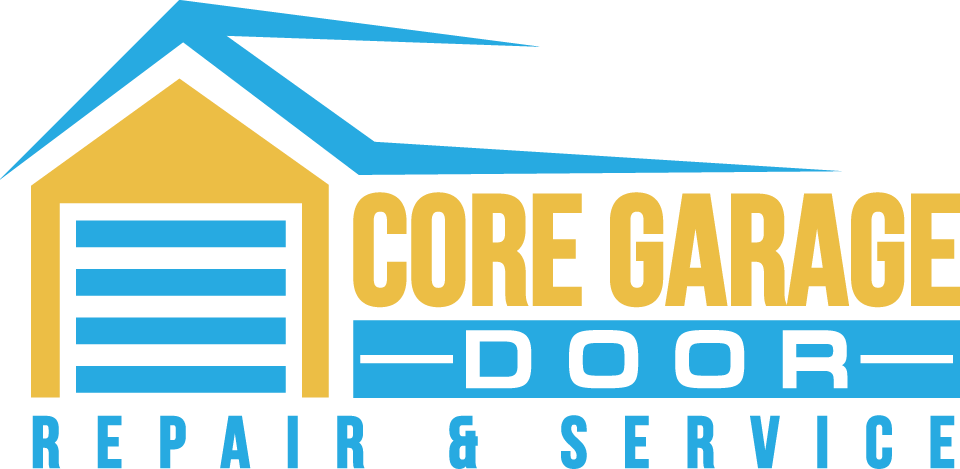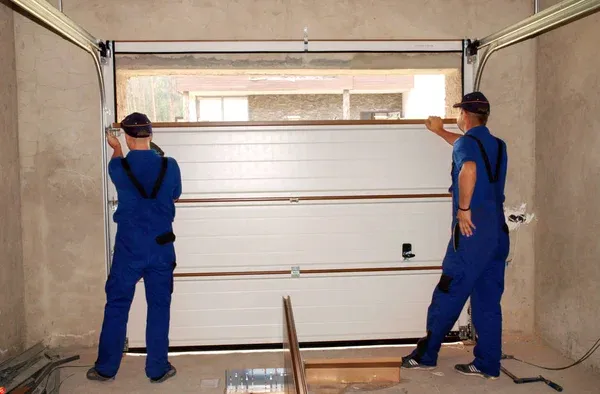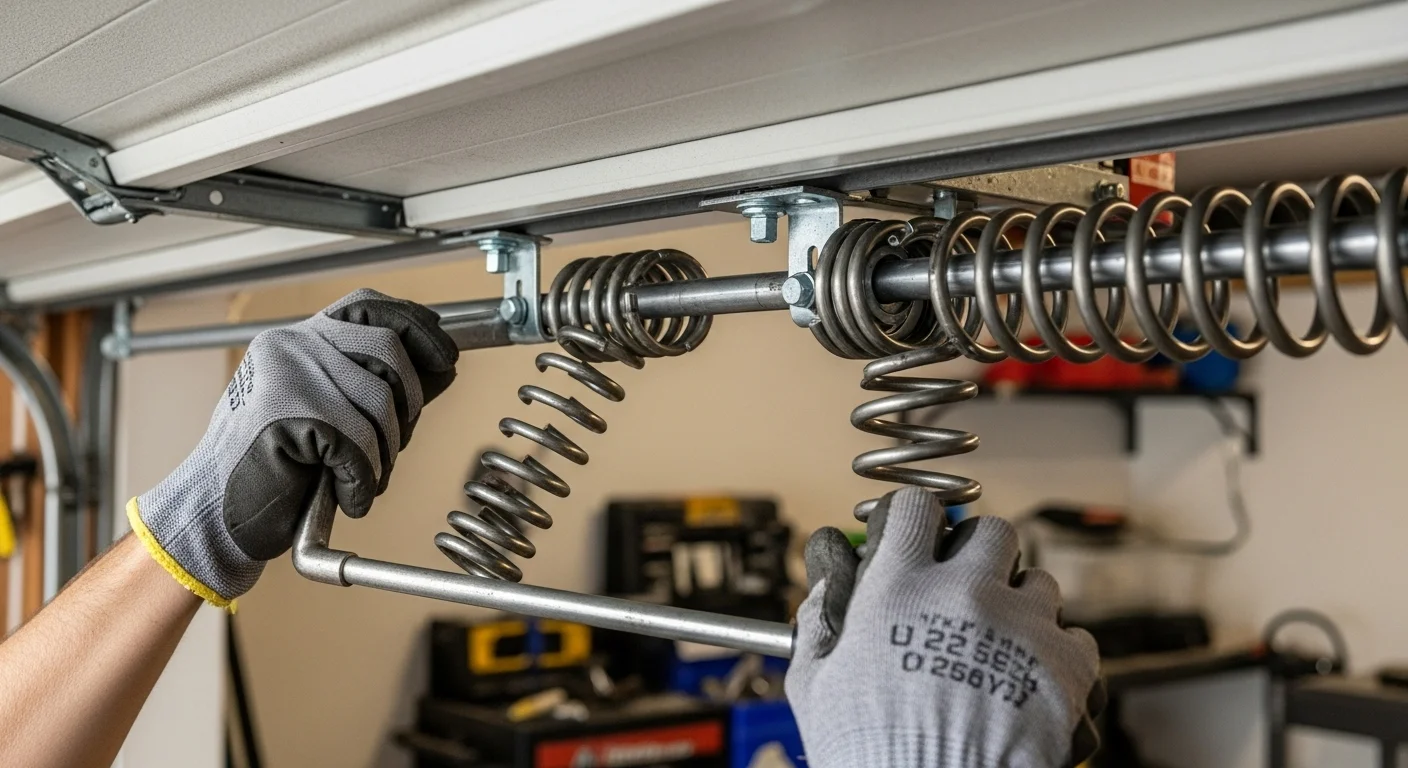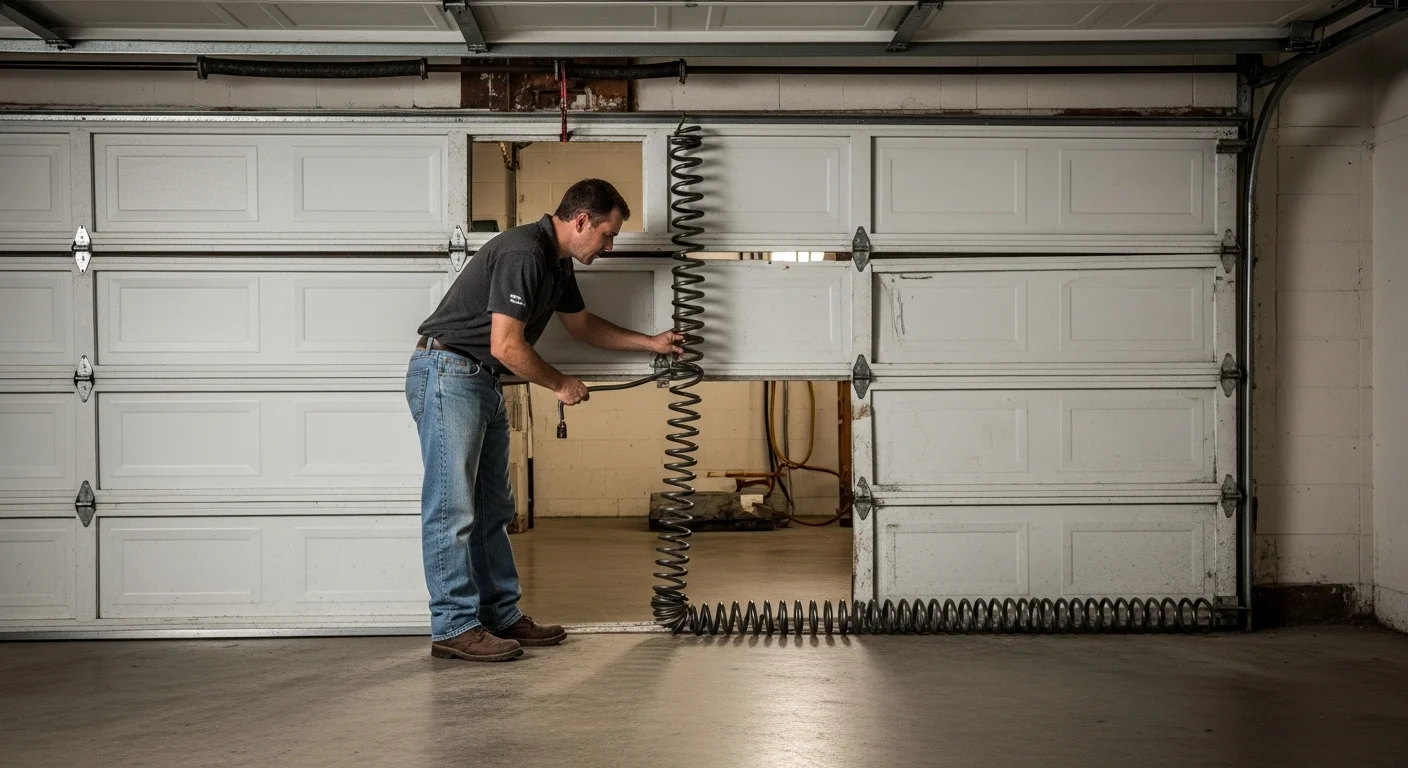Garage door springs do the heavy lifting every time you open or close your garage door, but, like any mechanical component, they need regular maintenance to function correctly. If neglected, worn-out springs can lead to expensive repairs or complete failure, making your garage door unable to operate. Proper lubrication and cleaning can extend their lifespan and prevent sudden breakdowns.
This detailed guide will explore how to lubricate garage doors and expert tips for maintaining them efficiently. These practical steps will help keep your garage door running smoothly year-round.
How to Maintain Garage Door Springs?
Garage door springs are under immense tension and can wear out quickly without regular upkeep. Presenting you a structured approach to keeping them in perfect shape.
1. Give Your Garage Door an Once-Over
Before applying any garage spring lubricant, start by inspecting the entire system; if you notice any damage, address it immediately to prevent further deterioration. Look for:
Rust or corrosion on the springs.
Dirt and grime buildup on tracks and rollers.
Loose nuts and bolts on hinges and brackets.
2. Lubricate the Moving Parts

Proper lubrication ensures smooth operation; a garage door spring spray designed explicitly for high-tension components is better. Apply garage door spring oil on torsion and extension springs so that the lubricant reaches the coils. Also, avoid using WD-40 as it attracts dust.
3. Check and Replace Seals
A cracked or damaged seal at the bottom of the garage door lets in dirt, water, and pests. Replace it if necessary, as a well-maintained seal reduces strain on the lubricant garage door rollers, allowing them to move effortlessly.
4. Perform a Balance Test
A properly balanced garage door reduces wear on the springs. To check balance:
Disconnect the opener and manually lift the door halfway.
If it stays in place, the springs are fine.
If it moves up or down, the springs need adjustment or replacement.
5. Tighten the Nuts and Bolts
Frequent use of garage door can loosens nuts and bolts. Tighten bolts on brackets and hinges to prevent vibrations, which can damage the garage door spring grease over time.
6. Listen for Unusual Noises
A noisy garage door can signal problems. Squeaking, grinding, or rattling often indicate that it is time to lubricate the springs. Apply a garage lubricant spray to eliminate these noises.
7. Spot the Signs of Spring Failure
Here are some signs of failing springs; if you notice any of these, apply spray for garage door springs or consider a replacement:
The door opening unevenly.
The door closing too quickly.
A sudden loud snap when operating the door.
8. Check and Clear the Track
Dust and debris in the garage door track can obstruct movement. Wipe the track clean and apply garage door spray grease to ensure friction-free operation.
Garage Door Springs Lubrication Tips
Lubrication, indeed, extends the life of your garage door springs. Here is how to achieve it properly:
1. Choose the Right Lubricant
Not all lubricants are suitable for garage doors. The best garage door spring lubricant is a silicone or lithium-based spray. Avoid grease-based products, as they attract dirt.
2. Apply Lubricant Properly
Shake the garage spring spray well before use.
Hold the can 6 inches away and spray lightly.
Wipe away excess lubricant to prevent buildup.
3. Focus on Critical Areas
Lubricate the following parts:
Torsion and extension springs.
Hinges and rollers.
Tracks (apply a garage door spring lube).
Bearings and pulleys.
4. Avoid Over-Lubrication
Too much garage door spring oil can cause a sticky buildup, attracting dust and debris. A light coating is sufficient.
5. Lubricate Seasonally
Apply what to use to lubricate a garage door at least twice a year once before winter to prevent freezing and once before summer to reduce friction.
6. Protect Against Rust
If you live in a humid climate, use a garage door spring lubricant with anti-rust properties to prevent corrosion.
7. Consider Professional Maintenance
If you are unsure, should you lubricate garage door springs? Consult a professional who can apply lubricant for garage door springs efficiently and safely.
Garage Door Springs Cleaning Tips
Regular cleaning prevents dirt buildup, which can hinder performance. Here is how to keep your springs clean:
1. Disconnect Power before Cleaning
For safety, unplug the garage door opener before cleaning the springs.
2. Remove Dirt and Debris
Use a dry cloth or soft brush to remove loose dirt before applying oil garage door springs.
3. Use a Mild Cleaner
Mix mild dish soap with warm water. Use a sponge to clean the lubricate garage door track and springs. Avoid harsh chemicals.
4. Rinse and Dry Completely
After cleaning, rinse with water and dry thoroughly before applying garage door springs lubricant.
5. Check for Rust
If rust is present, gently scrub it with fine-grit sandpaper before applying lubricating garage door spring.
6. Inspect for Wear
While cleaning, check for cracks or frayed cables. If you notice damage, replace the lube for garage door springs immediately.
7. Keep the Area around the Door Clean
Sweep the garage floor regularly to prevent dust from settling on garage door spring maintenance components.
Core Garage Door – Garage Door Expert
Maintaining your garage door springs doesn’t have to be complicated. By following these simple steps for how to grease garage door rollers, you can ensure a longer lifespan for your garage door and avoid costly repairs.
Core Garage Door offers expert installation, repair, and lubrication services if you are looking for professional garage door maintenance. Whether you need help selecting the best lubricant for garage door springs and rollers or want professional servicing, they provide top-quality solutions.
By incorporating lubricating garage door springs into your routine, you will extend the life of your garage door and enjoy hassle-free operation year-round. Don’t wait for a problem, start maintaining your springs today, or visit Core Garage Door to learn more.
FAQs
1. How often should I lubricate my garage door springs?
It’s recommended to lubricate your garage door springs at least twice a year: once before winter to prevent freezing and once before summer to reduce friction and wear.
2. Can I use WD-40 on my garage door springs?
WD-40 should not be used on garage door springs. It attracts dust and debris, causing buildup. Instead, opt for a silicone or lithium-based lubricant designed for high-tension components.
3. How do I know if my garage door springs need lubrication?
If your garage door makes squeaking, grinding, or rattling noises, it’s a sign that the springs need lubrication. Apply the right garage door spring lubricant to resolve these issues.
4. How do I clean garage door springs?
To clean your garage door springs, disconnect the power, remove dirt with a soft brush or cloth, use a mild cleaner, rinse, and dry the springs before applying lubricant.
5. Can I maintain garage door springs myself?
Yes, you can maintain garage door springs by inspecting, cleaning, lubricating, and tightening components. If unsure, it’s always a good idea to consult a professional for safe maintenance.





